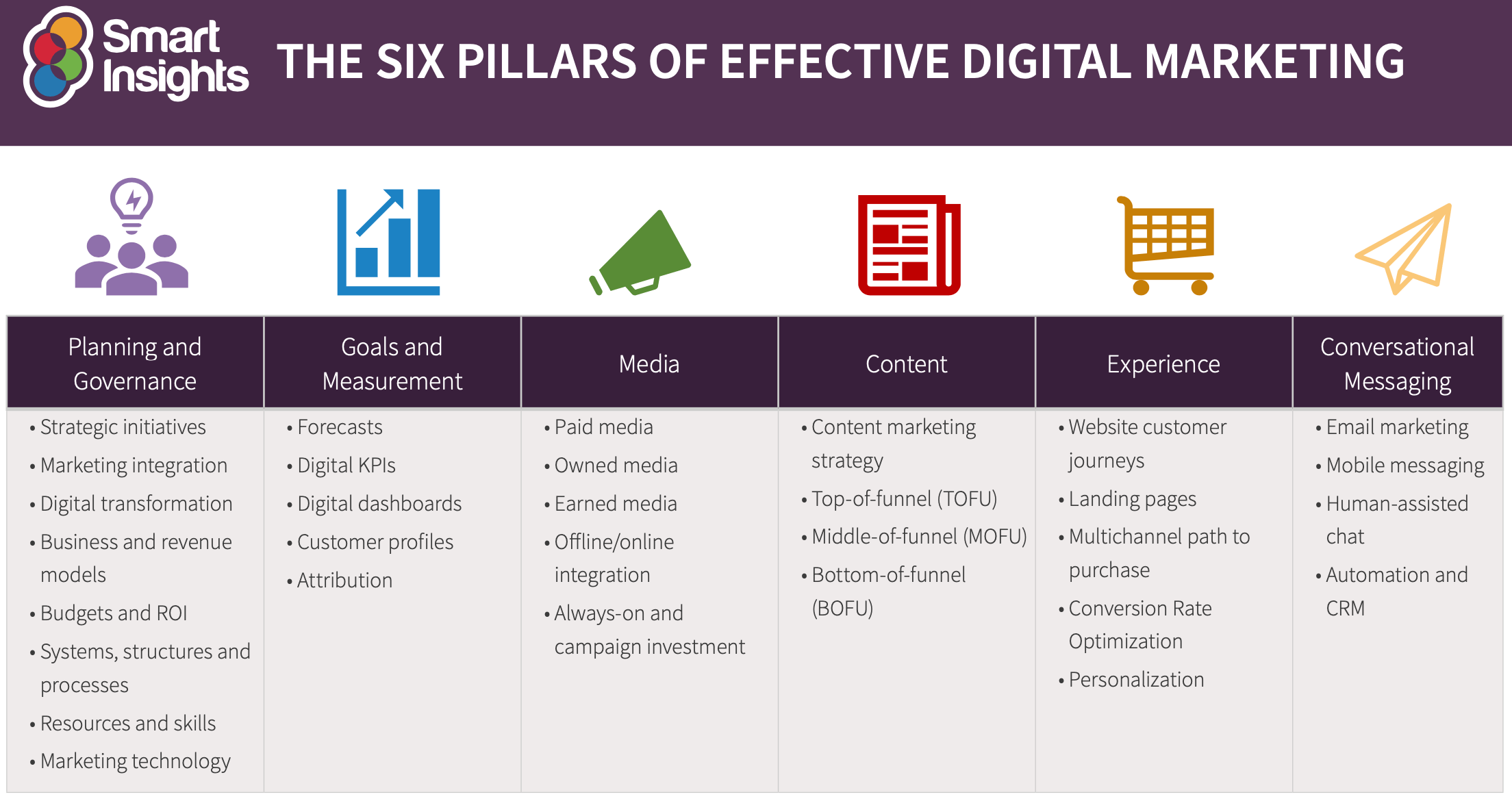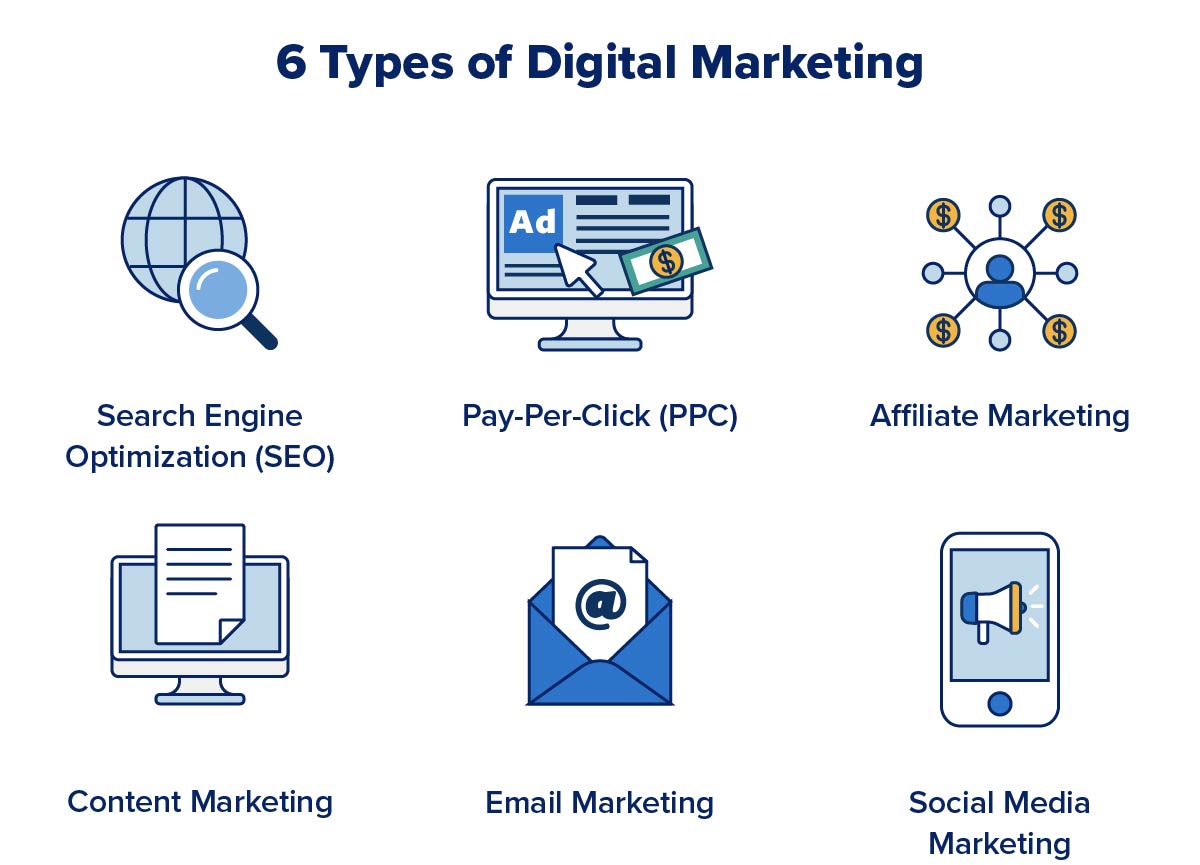Enhance User Experience and Drive Traffic With Receptive Website Design
In today's electronic landscape, where users are accessing websites from a wide range of gadgets, receptive website design has ended up being much more essential than ever. With its capability to adapt and perfectly adapt to different display dimensions, receptive style not only enhances user experience but likewise drives web traffic to your internet site. Yet why is this layout technique so critical? Exactly how does it increase user engagement and rise web site traffic? In this discussion, we will discover the crucial aspects of reliable responsive layout, look into the best techniques for its execution, and discover the secrets to enhancing customer experience while driving more traffic to your internet site.
Why Responsive Website Design Matters
Receptive website design is an important aspect of modern-day web advancement due to its capacity to make sure optimal customer experience across numerous tools and display sizes. With the spreading of mobile phones, tablet computers, and other mobile phones, it has come to be important for internet sites to adapt and supply seamless performance no matter the gadget being made use of.
The primary reason why receptive internet design matters is that it permits users to have a enjoyable and constant searching experience, despite the gadget they are utilizing. A receptive website immediately changes its design, layout, and web content components to fit the display dimension and resolution of the tool, ensuring that users can quickly connect and browse with the internet site with no inconvenience or irritation.
In addition, receptive website design likewise plays a considerable duty in search engine optimization (SEO) Search engines, such as Google, prioritize sites that are mobile-friendly and responsive in their search results page. By integrating responsive design concepts, internet sites can boost their visibility and ranking, leading to boosted organic traffic and possible consumers.

Boosting User Interaction Via Responsive Style
Optimizing individual engagement is a key goal of receptive layout, as it makes sure that customers can conveniently access and engage with website web content on any kind of device. With the increasing use tablet computers and mobile phones, it is important for sites to adjust to various screen sizes and resolutions. Responsive design enables sites to immediately change their design and web content to give a smooth customer experience across gadgets.
One of the primary ways responsive design boosts individual engagement is by reducing load times. With a receptive internet site, customers do not need to wait for separate mobile versions to lots, causing much faster accessibility to material. This better rate brings about greater individual fulfillment and motivates them to spend even more time on the site.
Furthermore, responsive layout improves individual engagement by boosting navigating and customer interface (digital marketing Carlsbad). When an internet site is created responsively, menus and buttons are optimized for touch interactions, making it easier for customers to navigate and interact with the website on their mobile phones. This intuitive and user-friendly experience maintains users involved and motivates them to check out even more of the site
Furthermore, receptive design enables far better web content exposure and readability. By adjusting the design and typeface sizes to various devices, receptive sites make certain that users can conveniently recognize the material and review. This improves individual involvement by decreasing the demand for zooming or scrolling to review the text.
Boosting Internet Site Traffic With Responsive Website Design
With the expanding appeal of mobile phones, having a website that is responsive to different display sizes and resolutions is vital for driving enhanced traffic. In today's digital landscape, users are accessing sites from a variety of devices such as mobile phones, tablets, and home computer. Each of these devices has various screen dimensions and resolutions, and if your internet site is not designed to adjust to these variants, it can bring about an inadequate customer experience and a loss of potential web traffic.
Receptive website design guarantees that your site looks and functions optimally throughout all tools. By making use of adaptable grids, liquid pictures, and media inquiries, responsive design allows your web site to automatically adjust its design, navigation, and web content to fit any display dimension. This implies that users will certainly have a smooth browsing experience regardless of whether they are making use of a little smartphone or a large desktop computer.
Crucial Element of Efficient Receptive Design
Effective receptive design includes several crucial elements that ensure a smooth customer experience throughout different tools. One of these components is flexible grids and layouts. By utilizing family member units like portions rather than repaired devices like pixels, designers can produce layouts that adapt and scale to fit different screen dimensions. This allows web content to be shown in a aesthetically appealing and understandable fashion on any tool.
Another essential element is media inquiries. These enable developers to apply different designs and formats based upon the characteristics of the individual's device, such as screen size and alignment. By utilizing media questions, designers can maximize the presentation of content for every device, ensuring that it is conveniently available and readable.
Receptive images are also important in efficient responsive layout. Photos that are also large can reduce page tons times on mobile phones, while images that are too little might show up pixelated on bigger screens. By making use of techniques such as receptive picture resizing and careless loading, designers can ensure that images are appropriately sized and enhanced for each device.
Lastly, reliable responsive style involves a mobile-first technique. This indicates focusing on and creating material for mobile phones initially, and after that improving the layout and broadening for larger displays. This strategy makes sure that the most essential material is quickly accessible on smaller screens, while still giving an abundant experience on bigger devices.
Finest Practices for Implementing Responsive Web Design
Applying responsive website design needs careful consideration of numerous best practices to ensure an optimum individual experience throughout various devices. Here are some crucial best methods to follow when carrying out responsive website design.
First of all, it is essential to focus on mobile customers. With the enhancing prominence of mobile phones, creating for mobile-first has actually ended up being crucial. Start by creating for smaller sized screens and afterwards gradually boost the layout for larger displays.

Another vital ideal method is to maximize pictures for various display resolutions. Large images can reduce the packing time of your internet site, particularly on mobile phones with slower links. Use receptive images that can be resized based upon the tool's screen resolution to boost performance.
Furthermore, test your internet site on different gadgets and display sizes to make sure a seamless and consistent experience. There are different screening devices offered that can aid you identify any type of concerns and make required changes.
Last but not least, focus on functionality and availability. Ensure that your web site is very easy to browse, with clear and succinct web content. See to it that your website is available to individuals with disabilities and complies with availability standards.
Final Thought
In verdict, responsive internet design plays an essential duty in improving customer experience and driving web traffic to internet sites. By embracing receptive style principles, web sites can guarantee optimum seeing experiences throughout different gadgets, leading to increased individual engagement.
Maximizing customer interaction is an essential goal of responsive layout, as it makes certain that individuals can conveniently access and engage with website material on any kind of device. Responsive design allows internet sites to automatically change their format and content to supply a smooth user experience across gadgets.
In addition, responsive design improves customer involvement by improving navigation and individual interface.Receptive images are also vital in reliable responsive design. By adopting responsive read this style principles, websites can ensure ideal seeing experiences across different devices, leading to boosted customer engagement.